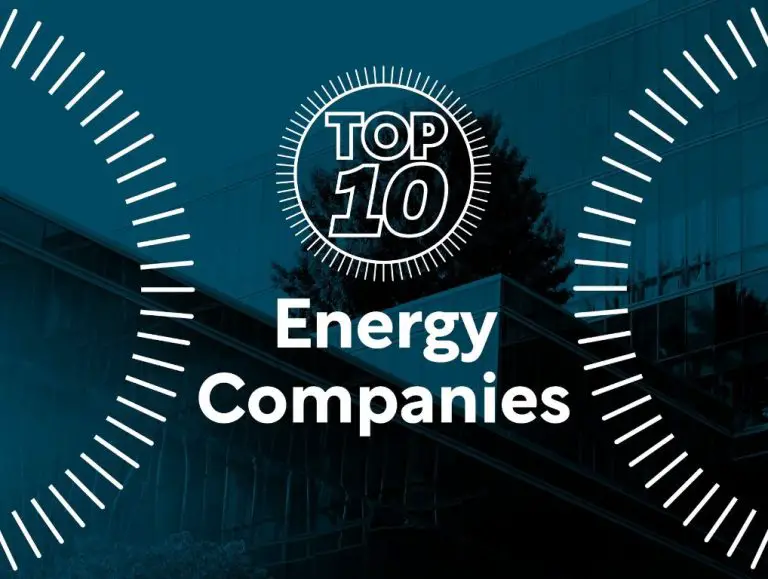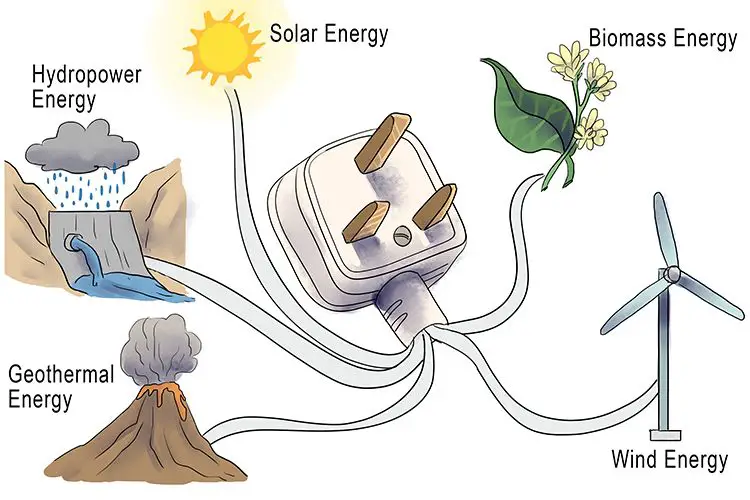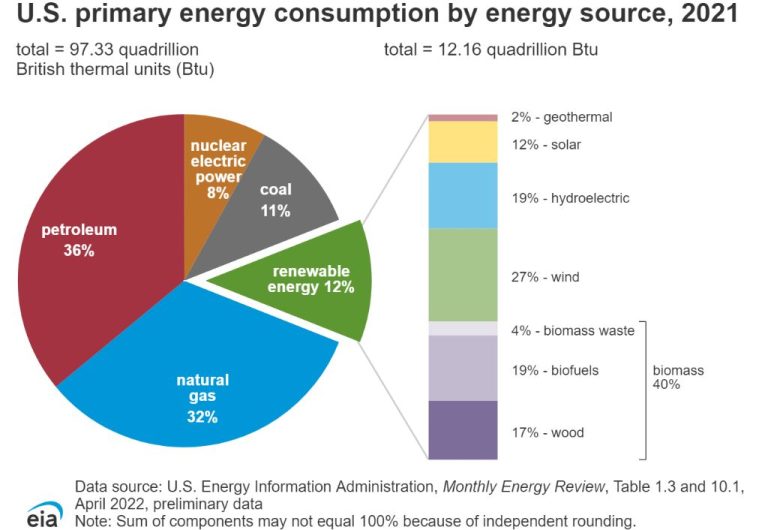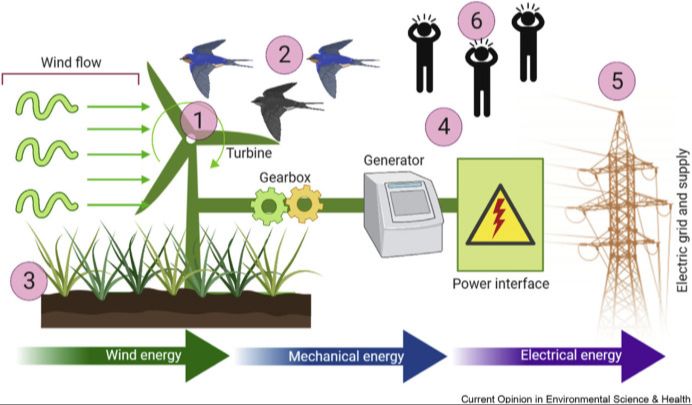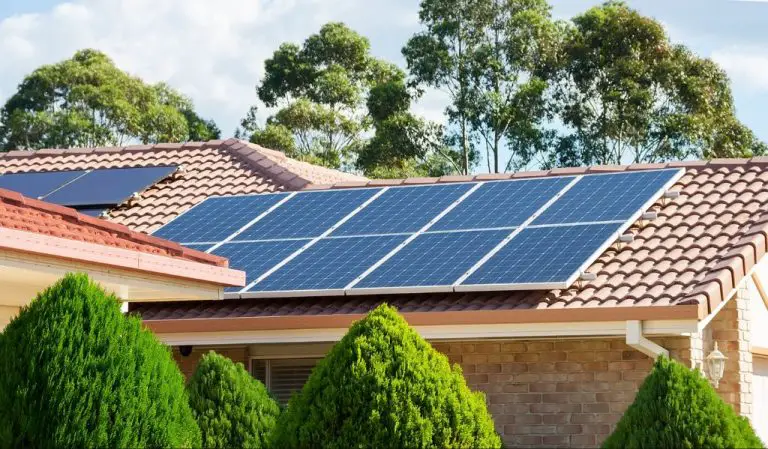Who Are The Green Energy Developers?
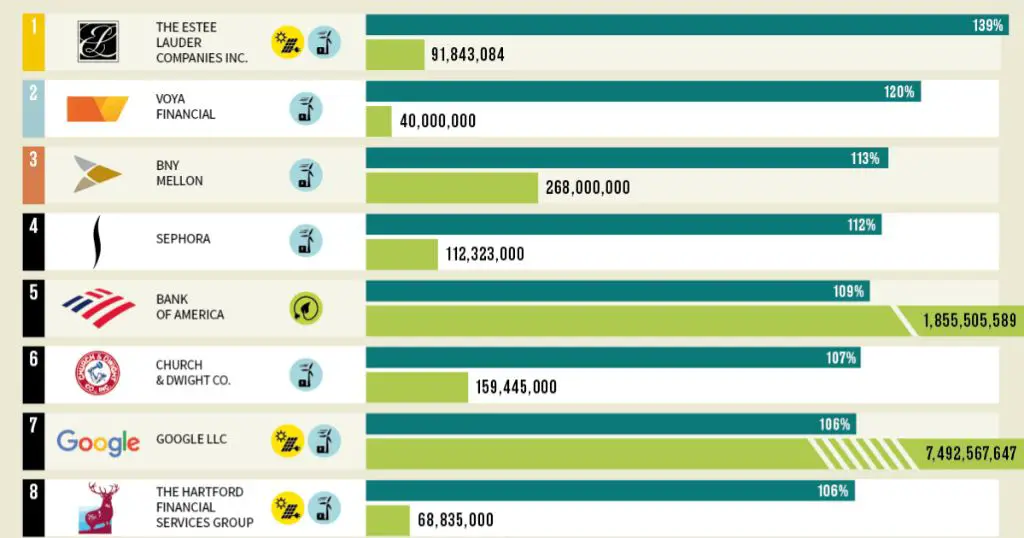
Green energy developers are companies that finance, build, operate, and maintain renewable energy projects like wind farms and solar arrays. They play a key role in the transition to clean energy by developing large-scale sustainable power generation. Green energy developers identify promising sites, obtain permits, conduct environmental studies, procure financing, construct projects, and manage energy facilities. Major players in green energy development include both traditional energy companies diversifying into renewables as well as new specialized firms focusing exclusively on clean power.
According to the Wall Street Journal article “What Does ‘Made in America’ Mean? In Green Energy, Billions Hinge on the Answer,” green energy developers are working to meet domestic content requirements in renewable energy policies and incentives in the U.S. and abroad (Source). This highlights the global nature of the green energy industry.
Major Green Energy Developers
Some of the top green energy developers in the world include:
NextEra Energy (https://finance.yahoo.com/news/top-20-renewable-energy-companies-094943677.html) – The largest electric utility holding company in the US by market value. They are a world leader in electricity generated from wind and sun.
Enel Green Power (https://sustainablereview.com/top-10-renewable-energy-companies/) – An Italian multinational renewable energy corporation and one of the world’s leading renewable energy companies.
Iberdrola (https://www.investopedia.com/investing/top-alternative-energy-companies/) – A Spanish public utility company focused on electricity generation, transmission, and distribution. They are one of the world’s largest producers of wind power.
Other major players include Vestas, Brookfield Renewable Partners, Siemens Gamesa Renewable Energy, Acciona Energía, RWE Renewables, EDP Renováveis, and Fortum.
Wind Energy
Some of the major wind energy developers in the world include Siemens Gamesa, Vestas, and GE Renewable Energy. Siemens Gamesa, based in Spain, is one of the largest wind turbine manufacturers globally with over 107 GW installed worldwide. Some of their major projects include the Hornsea 2 offshore wind farm in the UK, which will have a capacity of 1.4 GW when completed. Vestas, headquartered in Denmark, has delivered over 132 GW of wind energy capacity across 82 countries. They were involved in the construction of Scotland’s largest onshore wind farm, the 539 MW Viking Wind Farm. GE Renewable Energy, a subsidiary of General Electric, has installed over 400 GW of renewable energy and equipped over 90% of utilities with renewable energy. They provided Haliade-X turbines, the most powerful offshore wind turbines in operation today, for the Dogger Bank Wind Farm being developed off the UK coast.
Solar Energy
Some of the top solar energy developers in the US include NextEra Energy Resources, Cypress Creek Renewables, Recurrent Energy, AP Solar Holdings LLC, and Pine Gate Renewables, according to Enverus. NextEra Energy Resources is the largest utility-scale solar developer in the country with over 16,000 MW of solar capacity and 234 projects. Other major utility-scale solar developers include Invenergy LLC, Silicon Ranch Corporation, and Carolina Solar Energy.
The top solar developers are building large-scale solar farms and plants across the country, with states like California, Texas, Florida and North Carolina being major markets. For example, Cypress Creek Renewables has developed dozens of solar farms in North Carolina totaling over 1,000 MW. Solar developers like NextEra Energy and Recurrent Energy have projects ranging from 5 MW to 500 MW in capacity.
The growth of utility-scale solar has been driven by rapidly declining costs and favorable policies like renewable portfolio standards and tax incentives. The SEIA estimates there are now over 100 GW of total installed solar capacity in the U.S. The outlook for solar development remains strong as costs continue to fall and more utilities and corporations sign deals for solar energy.
Geothermal Energy
Geothermal energy comes from harnessing the heat within the earth to generate electricity. Some of the major geothermal energy developers operating projects around the world include:
Calpine is one of the largest geothermal energy companies in the United States. It operates the Geysers complex in California, which is the largest geothermal energy project in the world with over 700 megawatts of installed capacity
(Source 1). Calpine also has geothermal projects in Nevada, Utah and Oregon.
Ormat Technologies is another major geothermal player based in the United States. The company has projects in the U.S., Guatemala and Kenya. Ormat’s geothermal portfolio includes over 1000 megawatts of generation capacity (Source 3).
Enel Green Power operates geothermal plants around the world, including in Italy, Turkey, Chile and the United States. It has over 90 geothermal plants with around 1 gigawatt of installed capacity globally (Source 2).
Other major geothermal developers include Chevron, AltaRock Energy, and Energy Development Corporation (Philippines). Key geothermal projects are located in countries like Indonesia, Philippines, New Zealand, Iceland and Kenya where natural geological conditions favor geothermal energy generation.
Hydroelectric Energy
Hydroelectric power is generated by using turbines to convert the energy from moving water into electricity. Some of the major developers of hydroelectric energy and projects include:
Hydro-Québec is one of the largest hydropower producers in the world and generates over 37,000 megawatts of hydro capacity. Major projects include the Robert-Bourassa generating station, the La Grande complex, and the Churchill Falls generating station.
China Yangtze Power operates the Three Gorges Dam project, which is the world’s largest hydroelectric power station with a capacity of 22,500 megawatts. Other major Chinese developers include China Three Gorges Corporation and Sinohydro.
BC Hydro operates 31 hydroelectric facilities in British Columbia, Canada, including the G.M. Shrum generating station. BC Hydro generates about 95% of the electricity used in British Columbia.
Duke Energy operates numerous hydroelectric stations across North Carolina and other states in the U.S. Major projects include the Bad Creek Hydro Station and the Tuckertown Hydro Station.
Bioenergy
Bioenergy refers to renewable energy derived from organic matter, known as biomass. Some of the top developers in bioenergy include:
Envitec Biogas is one of the leading international manufacturers of biogas plants. The company has constructed over 360 biogas plants across Europe, Asia and North America. Major projects include a 500 kW biogas plant in Italy and a 370 kW plant in the UK (1).
The Drax Group converted the UK’s largest coal-fired power station into a biomass plant. They now provide 12% of the UK’s renewable power using sustainable biomass. Drax has plans to develop bioenergy with carbon capture and storage (BECCS) (2).
Vattenfall is a Swedish electric utility company heavily investing in bioenergy. They converted several coal plants to biomass in the Netherlands and Germany. Vattenfall is building a new biomass CHP plant in Uppsala, Sweden projected to open in 2022 (3).
Enerkem specializes in biofuels and green chemicals made from waste materials. They partnered with Shell and Suncor to build commercial-scale biofuel facilities in Canada. Enerkem also operates a biofuel plant in Edmonton, Alberta that converts municipal solid waste into biofuels (4).
Iberdrola is a Spanish electric utility company with several biomass power plants across Europe including in Spain, the UK and Germany. They have over 1,300 MW of installed biomass capacity and are investing in new waste-to-energy and biomass projects (5).
Challenges
The renewable energy industry faces several key challenges. One major challenge is cost. Many forms of renewable energy remain more expensive than conventional power generation from fossil fuels 1. The high upfront capital costs can deter investment in renewable projects. However, costs have been falling steadily, and renewables are becoming increasingly cost-competitive.
Another challenge is regulations and policies. Renewable energy development often relies on government incentives and energy policies. Changes to these policies, such as reduced tax credits or feed-in tariffs, can hamper growth. Navigating the regulatory environment poses challenges for renewable developers 2. Policy uncertainty makes it difficult to plan long-term investments.
Technological limitations also present challenges. Most renewables provide intermittent power since they rely on weather conditions. Integrating large amounts of variable renewable generation into the electric grid can be difficult. Innovations in energy storage and grid management are needed to enable higher renewable penetration.
Future Outlook
The future looks bright for green energy developers. According to projections, renewable energy capacity is expected to grow rapidly in the coming years. Research shows that solar power capacity could increase by over 50% and wind power by over 35% by 2024 alone.
Advances in technology will also open up new possibilities. For example, improvements in energy storage through batteries and other solutions will make renewable power more viable and efficient. Emerging technologies like ocean-based wave and tidal power have great potential as well. There is also active research into areas like biofuels, green hydrogen, and small modular nuclear reactors.
Overall, as costs continue to decline and technology progresses further, renewables will likely account for an increasingly larger share of global energy generation. Major green energy companies are poised to benefit greatly from this anticipated growth and technological disruption.
Conclusion
In conclusion, green energy developers are playing a vital role in the transition to sustainable and renewable energy sources. They are working to deploy wind, solar, geothermal, hydroelectric, and bioenergy projects around the world. This helps diversify our energy mix, reduce greenhouse gas emissions, and fight climate change. Green developers are also driving down the costs of renewable energy and energy storage to make the technologies more affordable and accessible.
However, green developers continue to face challenges like policy uncertainty, permitting issues, financing, and local opposition. With supportive policies, streamlined regulations, and community engagement, green developers can accelerate the deployment of renewable energy infrastructure. This has great importance for meeting our future energy needs while protecting the environment. Overall, green energy developers serve the crucial function of turning promising clean technologies into realized projects that deliver carbon-free electricity and support a sustainable future.

